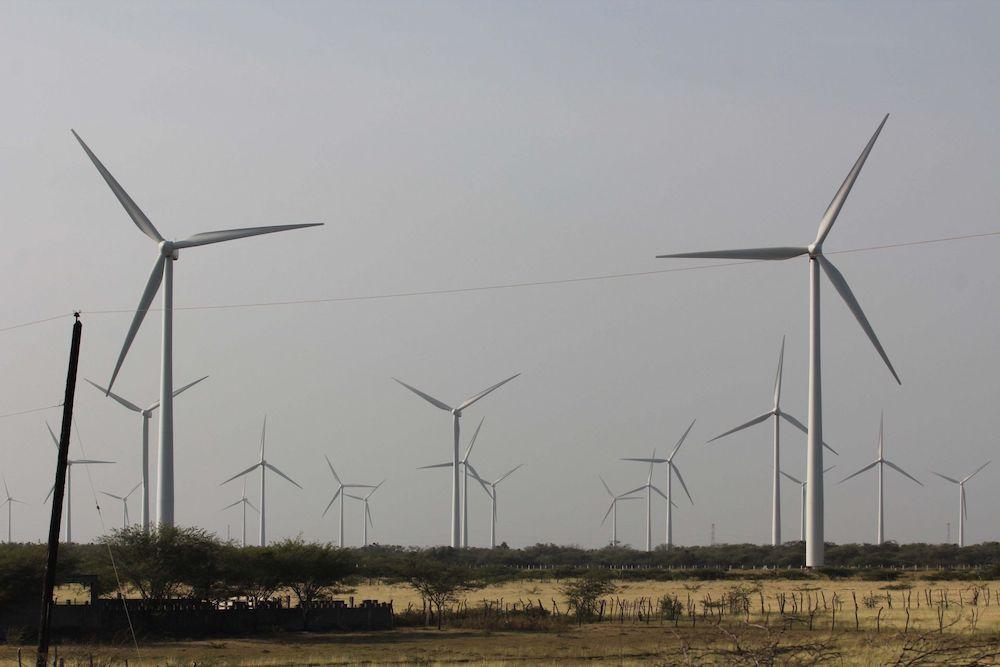Mexico reached the Conference of the Parties (COP) 27, held in Egypt from November 6 to 18, with the proposal to reduce Greenhouse Gas (GHG) emissions by 30% by 2030. Even considering the possibility of 40% under a conditional scenario of international support and funding.
Its main focuses are on the reforestation of Protected Natural Areas (ANP) through the federal government's Sowing Life program, which promotes the reforestation of timber and fruit trees; the increase of low-carbon transport, which includes megaprojects such as the Mayan Train in the southeast of the country; and a National Blue Carbon Strategy from marine ecosystems.
Although the government's goals are more ambitious, experts from the Mexico Climate Initiative (ICM) recognize, going from 22% proposed in 2015 to 30%, the details, dates and calculations of how these strategies will be carried out are not yet clear.
“What has been made public so far are the pronouncements of the new emission reduction targets, but we don't have detailed calculations, which does not imply distrust, but the Paris Agreement indicates that the details must be provided,” said Adrián Fernández Bremauntz, director of the ICM, during the presentation of the Nationally Determined Contribution (NDC), since COP27.
The NDC is a scientific and technical analysis document that, prepared by civil society organizations, proposes concrete measures for Mexico to achieve the goals proposed for 2030. Coinciding that GHG emissions can be reduced by 30%, as proposed by the federal government.
The main sectors on which NDC actions are focused are electricity and energy efficiency, transportation, oil and gas, agriculture, forestry and other land uses, waste and industry.
According to the ICM presentation, the electricity and energy sector could reduce emissions by 33% if the use of fuel oil is eliminated and renewable energy is deployed. An energy transition process that in the current federal government has ceased to be a priority.
In the transport sector, they argue, emissions could be reduced by up to 30% if there is a better design and application of mobility in public transport and adjustments are made to regulatory instruments such as Official Mexican Standard 163 of the Secretariat of Environment and Natural Resources (NOM-163-SEMARNAT-ENER-SCFI-2013) on vehicle emissions.
In cases such as industry, the reduction could reach 10% with the recycling of materials such as steel and paper or the generation of solar sources for small and medium-sized companies.
For its part, the oil and gas sector could reduce emissions by 50% if a regulation is managed between Petrleos Mexicanos (Pemex) and the private sector, as well as the use of green hydrogen, as proposed by NDC.
While waste could be up to 39% lower than the baseline of emissions if measures were taken such as the use of biogas from wastewater treatment plants and landfills.
“Some federal government measures such as Blue Carbon and Sowing Life are not included for two reasons: first, if in some cases they do have a contribution, it is marginal and small and, second, they are sectors of great uncertainty that until the calculations are made public it is difficult to incorporate them,” said Adrián Fernández.
In addition to climate transparency to understand the deadlines and calculations planned by the federal government, the ICM estimates that an investment of 105.65 billion dollars will be necessary by 2030, with annual amounts of 13,205 million dollars.
Added to this is the need to change “more radically and quickly” public policies that help achieve the goals. Mainly, those that are not compatible with emission reduction measures.
“If we don't correct policies immediately at the beginning of next year, there's no time to wait two more years for this administration to end,” Fernández Bremauntz added.
In addition, a call was made from citizens for collaborative work between the academy, the private sector and the public sector with the objective of limiting the increase in the planet's temperature by 1.5ºC.
“Rather than a peak date that was in 2021, the date is immediate, actions must start now,” said Luisa Sierra, energy director at ICM.



Comentarios (0)